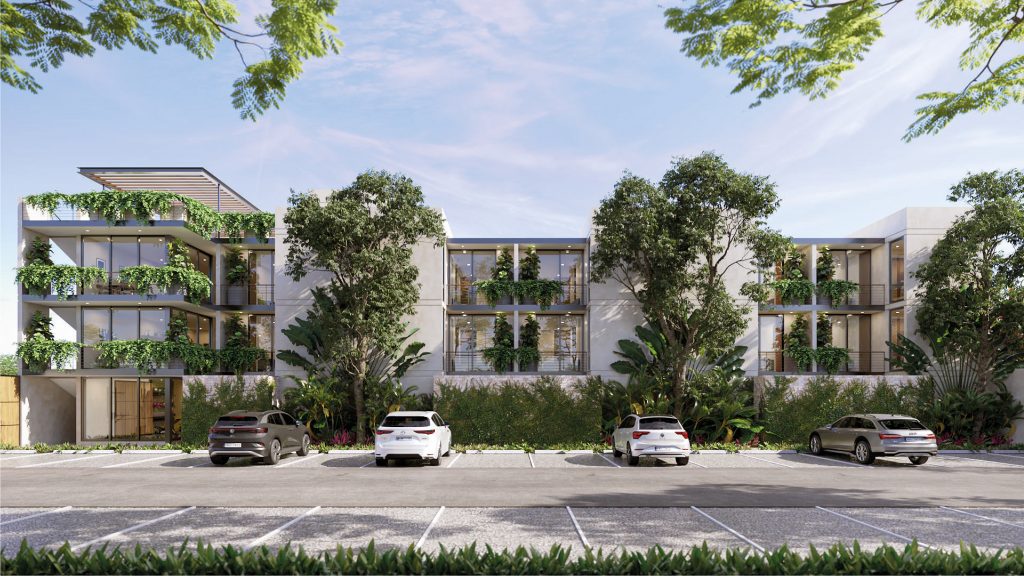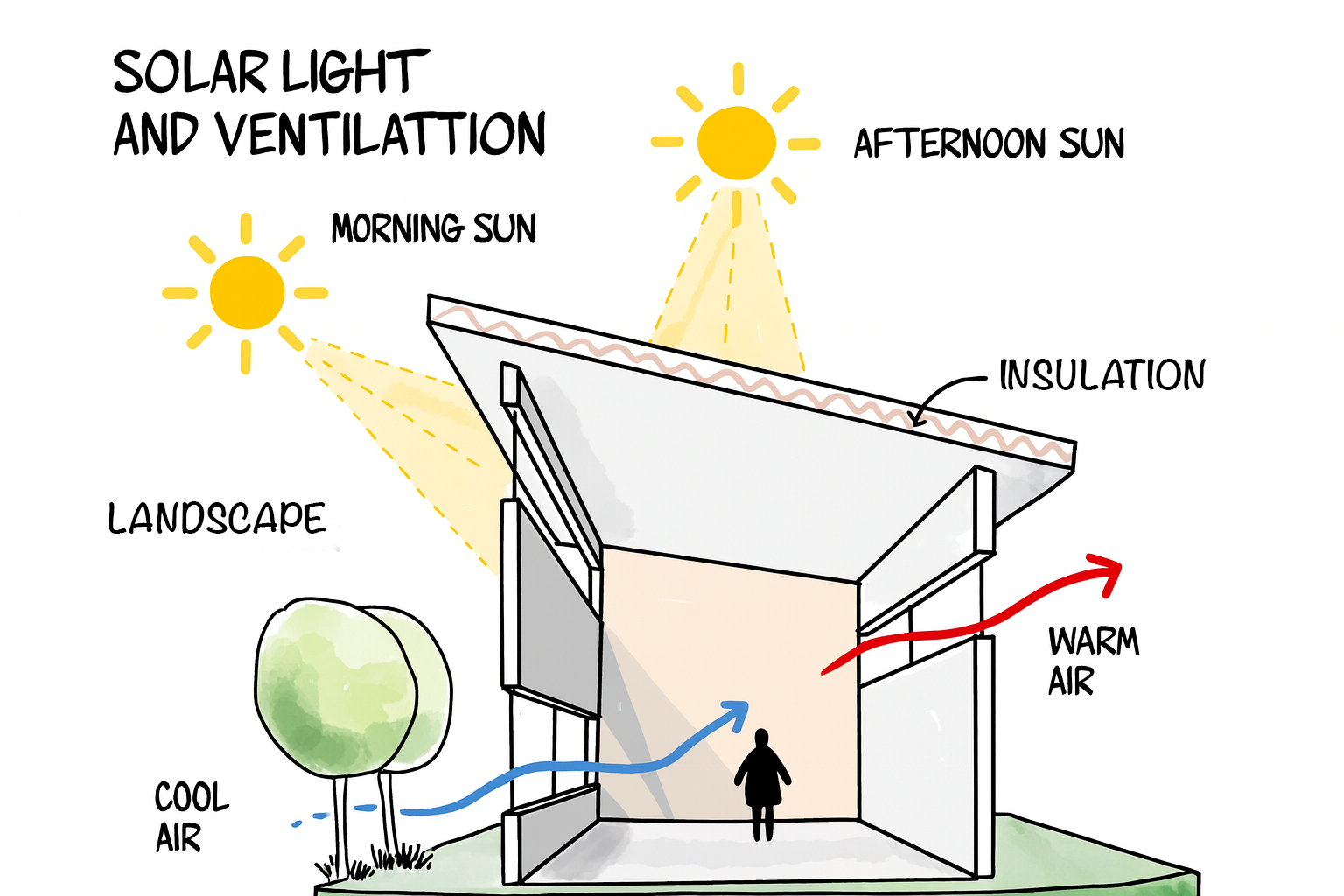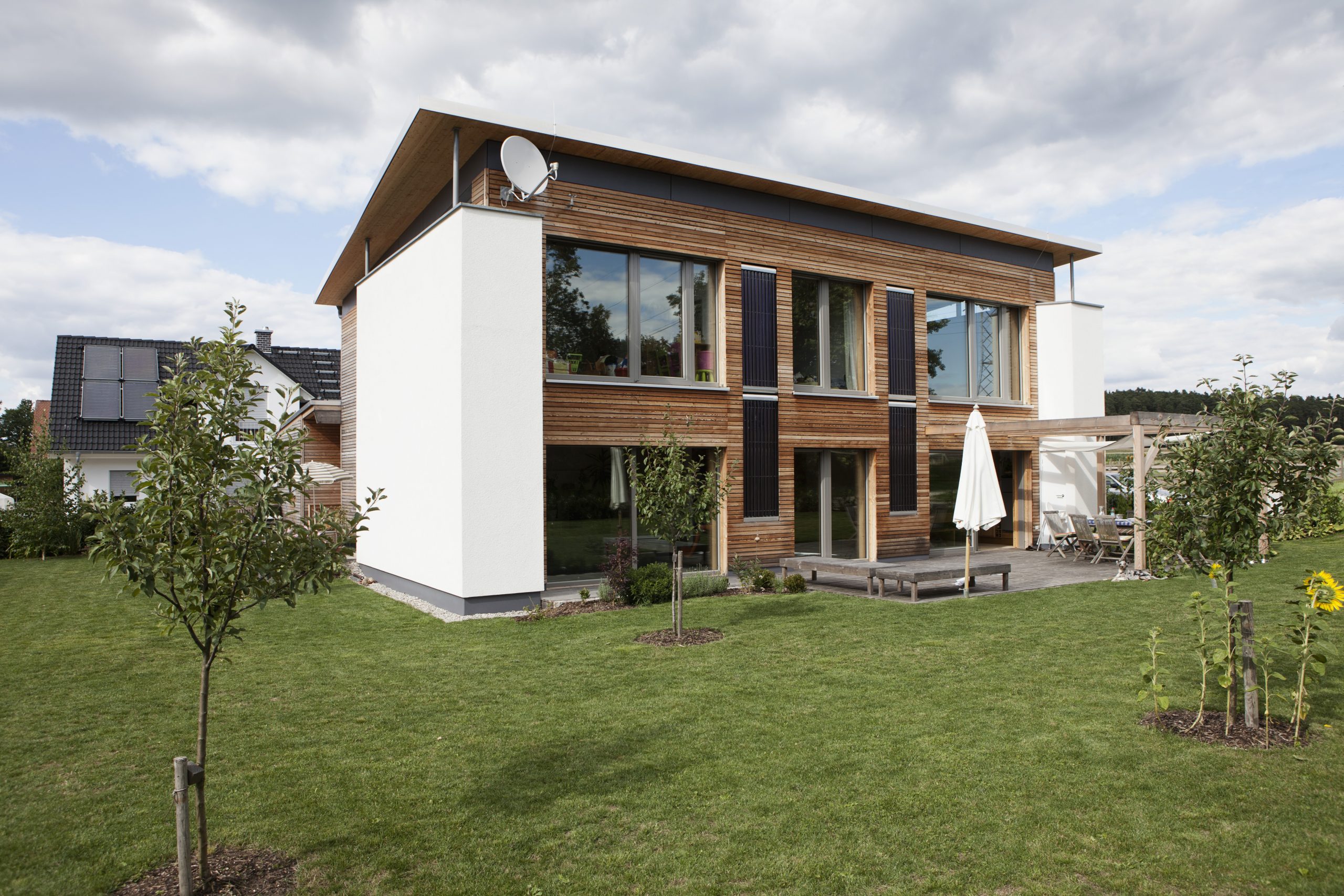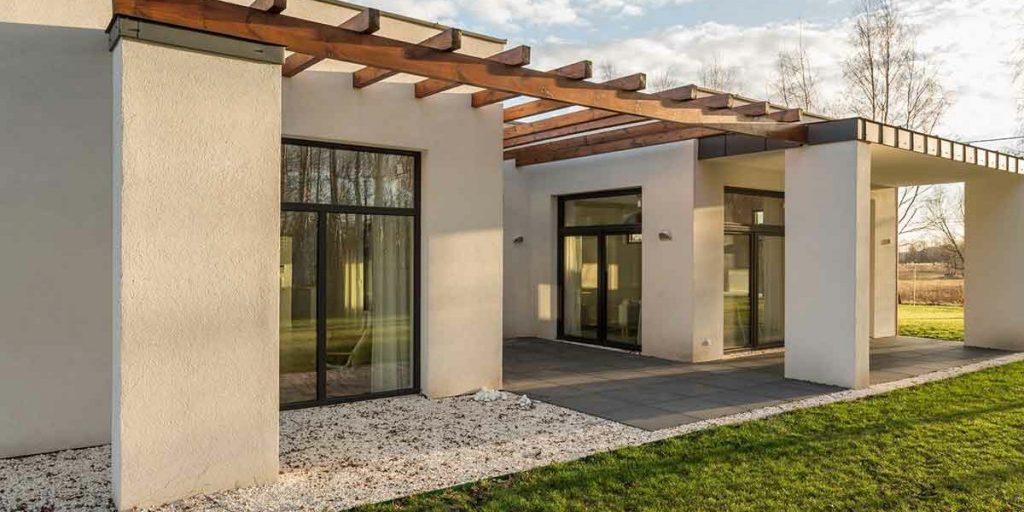
Content
Architecture that responds to the climate
Living in a hot and humid region like Yucatán requires architectural solutions that take into account the environment, solar orientation, wind, and local materials. That is why bioclimatic design has become one of the most important trends in regional architecture, combining tradition and technology to achieve cool, functional, and sustainable homes.
Cross ventilation and protective walls
One of the most effective strategies is cross ventilation. Yucatecan houses with windows facing each other allow the wind to pass through naturally, reducing the need for air conditioning. This technique, combined with thick stone, chukum, or concrete walls, helps maintain a stable internal temperature throughout the day.
Height, shade, and air circulation
High ceilings and spacious rooms also play a key role. The height allows hot air to rise, and if the design includes upper vents or louvers, it can escape easily. Long eaves, covered terraces, and interior courtyards create shaded areas for relaxation, while open corridors facilitate air circulation.
Local materials and energy efficiency
Materials play another key role. The use of thermal finishes, Mayan stone, compacted earth, bamboo, light concrete, or regional wood improves energy efficiency and adds natural beauty. In addition, the use of synthetic materials that increase temperature is minimized.

Vegetation as an ally
Incorporating vegetation is essential. Native trees planted near facades act as natural sunscreens. Landscaping becomes part of the climate solution.
Towards a sustainable future
Bioclimatic architecture not only responds to the climate, it also creates more livable, conscious, and environmentally responsible spaces. It is in our hands to adopt this type of design and promote an environment that is more in harmony with nature.

Source: Ecohabitar
References
- Yucatán Green Design. “Sustainable Green Architecture.” 2014.
- ArchDaily. “Designing for Temperature Gradients: 6 Central American Projects…” 2025.
- Architropics. “Cross Ventilation Strategies.” 2024.




